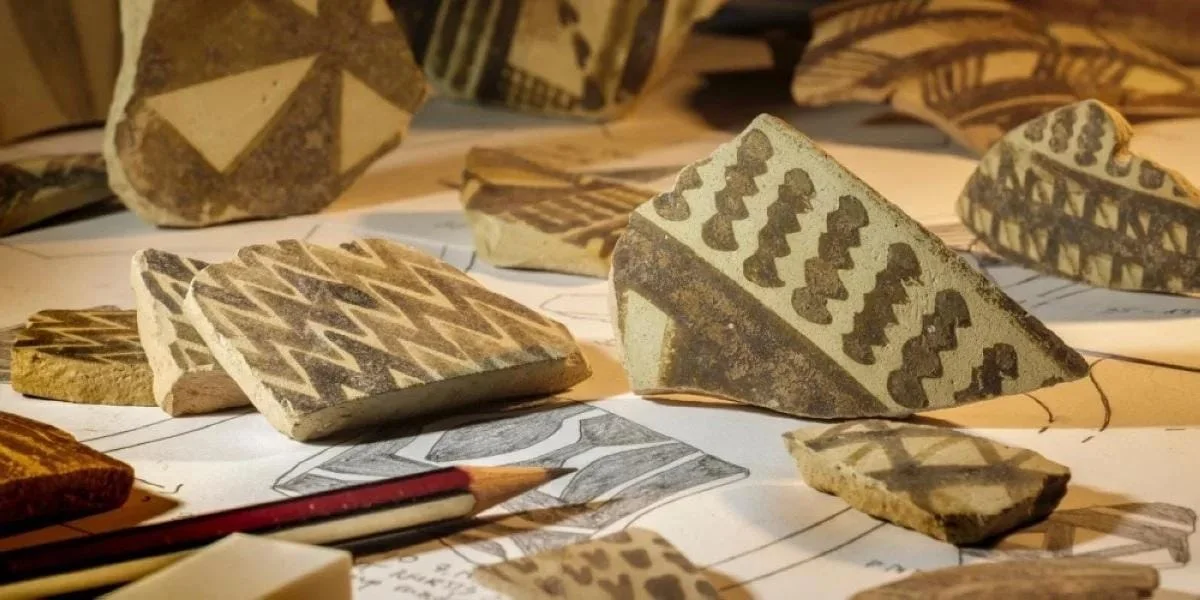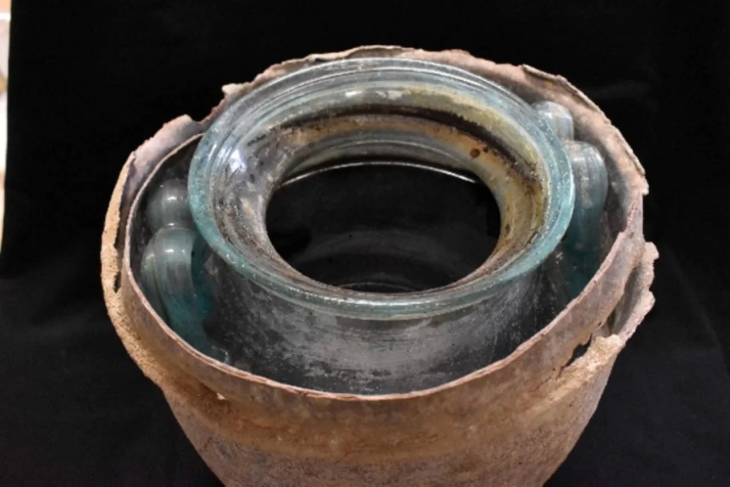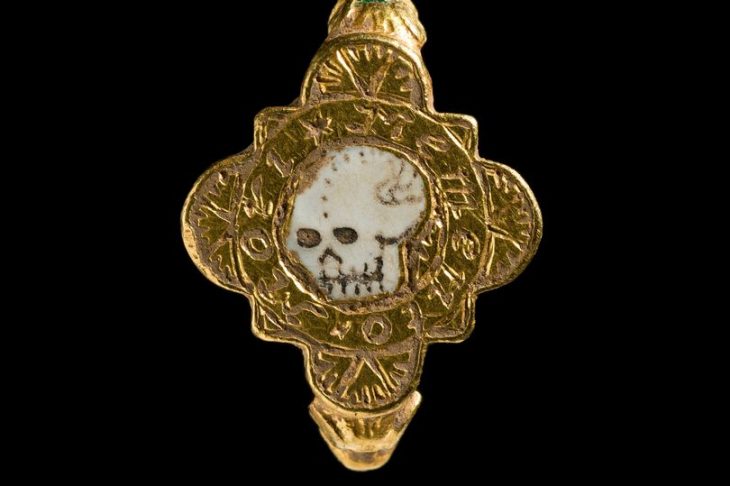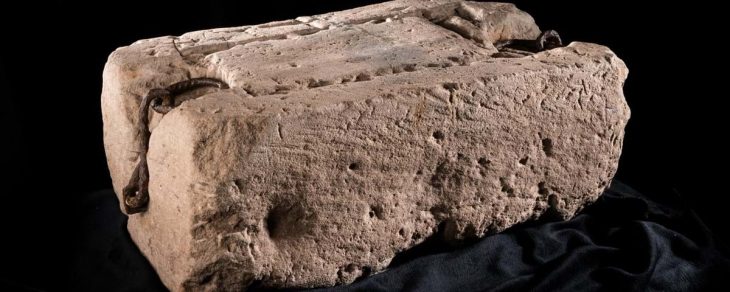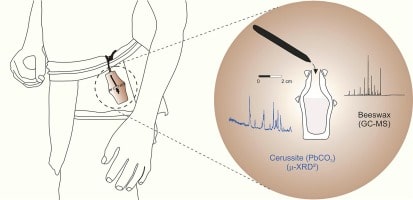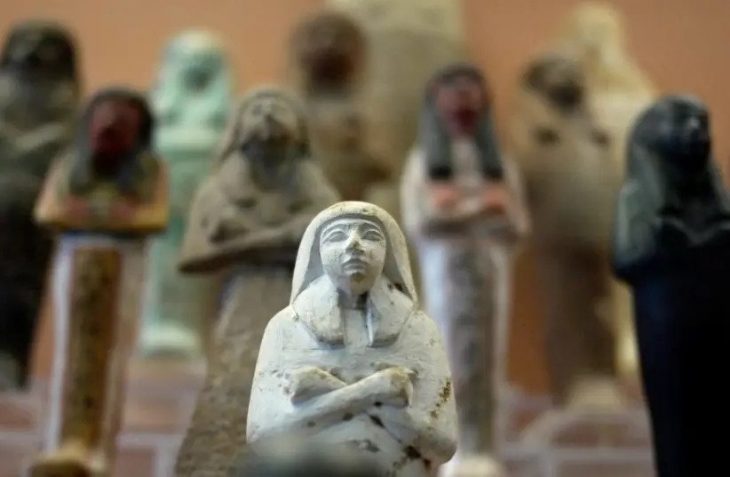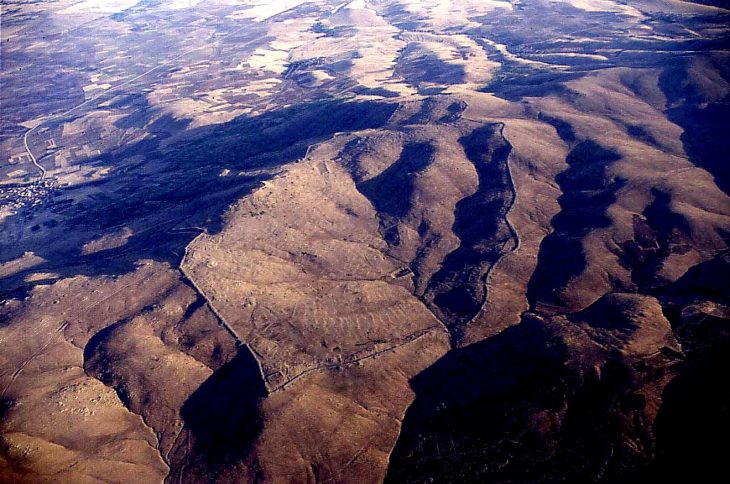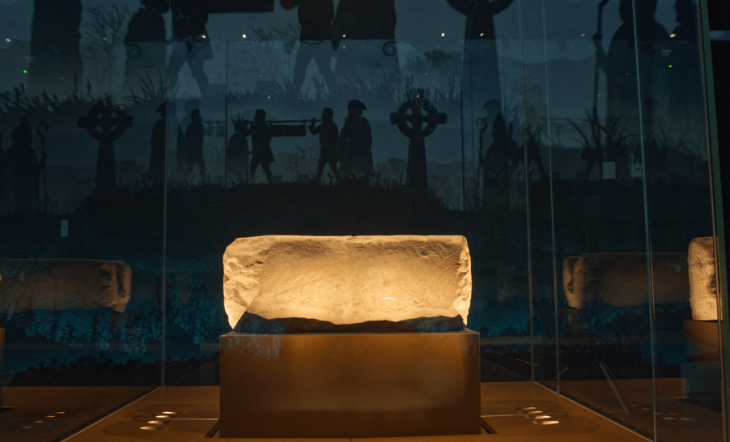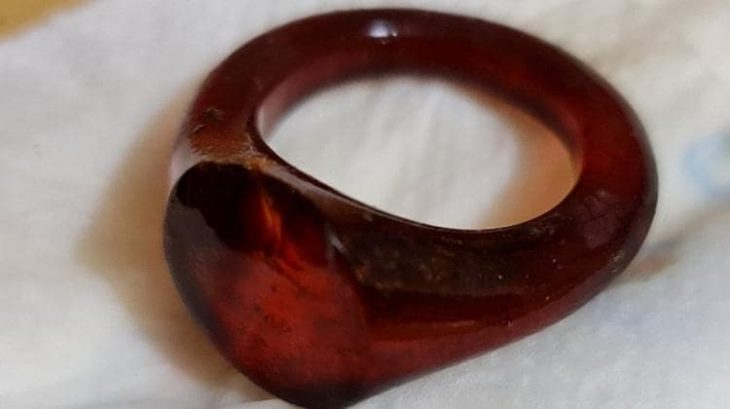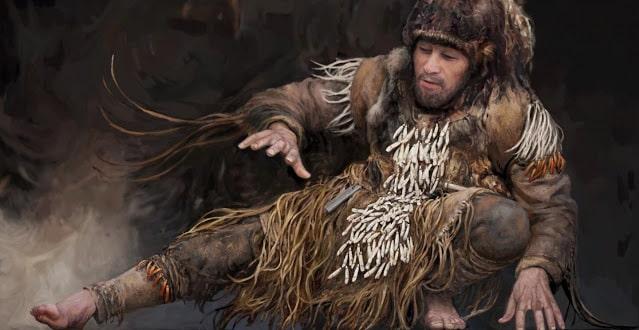A team of Kuwaiti and Polish archaeologists have uncovered a jewelry workshop at the prehistoric Ubaid period (5500–4000 B.C.) site of Bahra 1 in the Subiya desert in northern Kuwait.
The Kuwaiti-Polish archaeological mission has resumed work at the Bahra 1 site, which dates back over 5,700 years BCE. The site is recognized as the oldest and largest known Ubaid settlement in the Arabian Peninsula, and it has been a focal point for archaeological research since 2009, thanks to a collaboration between the Antiquities and Museums Sector at the National Council for Culture, Arts (NCCAL) and the Polish Centre of Mediterranean Archaeology at the University of Warsaw.
Much of Mesopotamia shared a common culture between 5500 and 4000 B.C., known as Ubaid after the site where evidence of it was discovered. This culture, known for its distinctive pottery, emerged around 6200 B.C. on the flat alluvial plains of southern Mesopotamia (ancient Iraq).
The Ubaid culture spread north through Mesopotamia, gradually replacing the Halaf culture. Ubaid pottery was also found further south, along the west coast of the Persian Gulf, possibly transported there by fishing expeditions. Baked clay figurines, mainly female, decorated with painted or appliqué ornament and lizardlike heads, have been found at a number of Ubaid sites.
The workshop contained numerous shell ornaments, as well as pottery sherds dating to more than 7,000 years ago. The discovery of an unburned clay vessel, combined with scientific analyses conducted under the supervision of Professor Anna Smogórzewska, provides conclusive evidence that Bahra 1 is the Gulf’s earliest known pottery production site.

The mission also found a piece of clay depicting a small human head, which is the first of its kind in the Gulf region.
Hasan Ashkanani, Assistant Professor of anthropological archaeology at Kuwait University, said the discovery of the clay human head, dating back to 7,500-7,700 years ago, is one of the most remarkable finds of the current excavation season.
He added that the head, which is crafted from clay, features a distinctive rectangular skull, slanted eyes, and a flat nose — characteristics commonly seen in small statues from the Ubaid culture.
Together with the unearthed jewelry workshop, this discovery at the site offers a deeper understanding of the evolution of human culture during the Neolithic period, even though similar statues have been discovered in burial and domestic contexts throughout Mesopotamia.
Cover Image Credit: Pieces of pottery found at the site. KUNA

